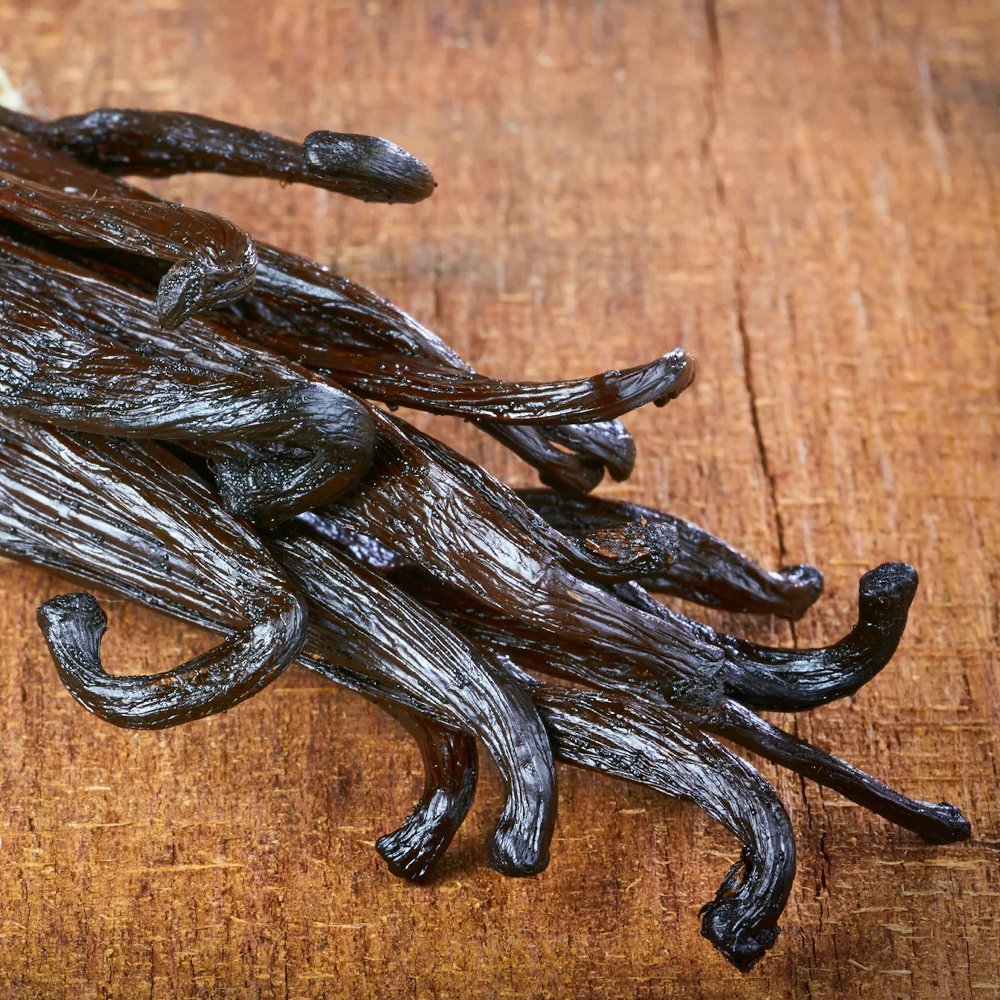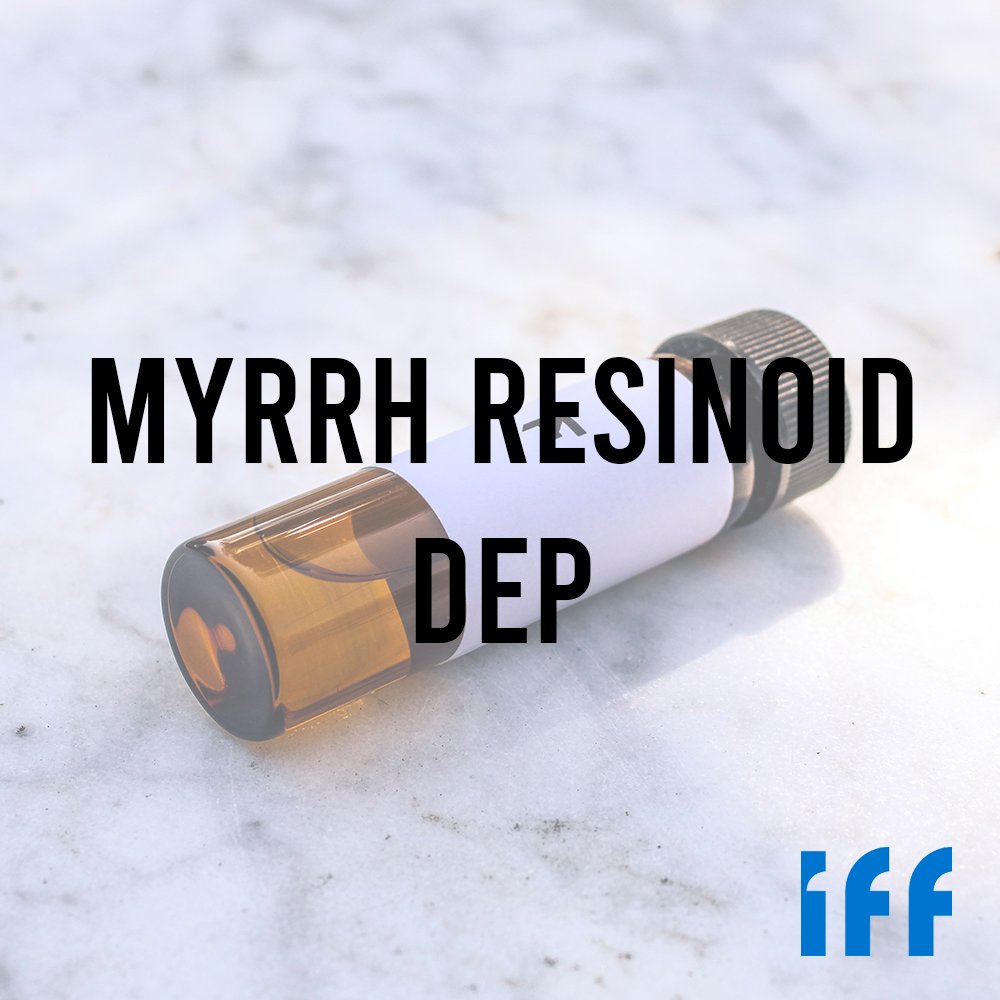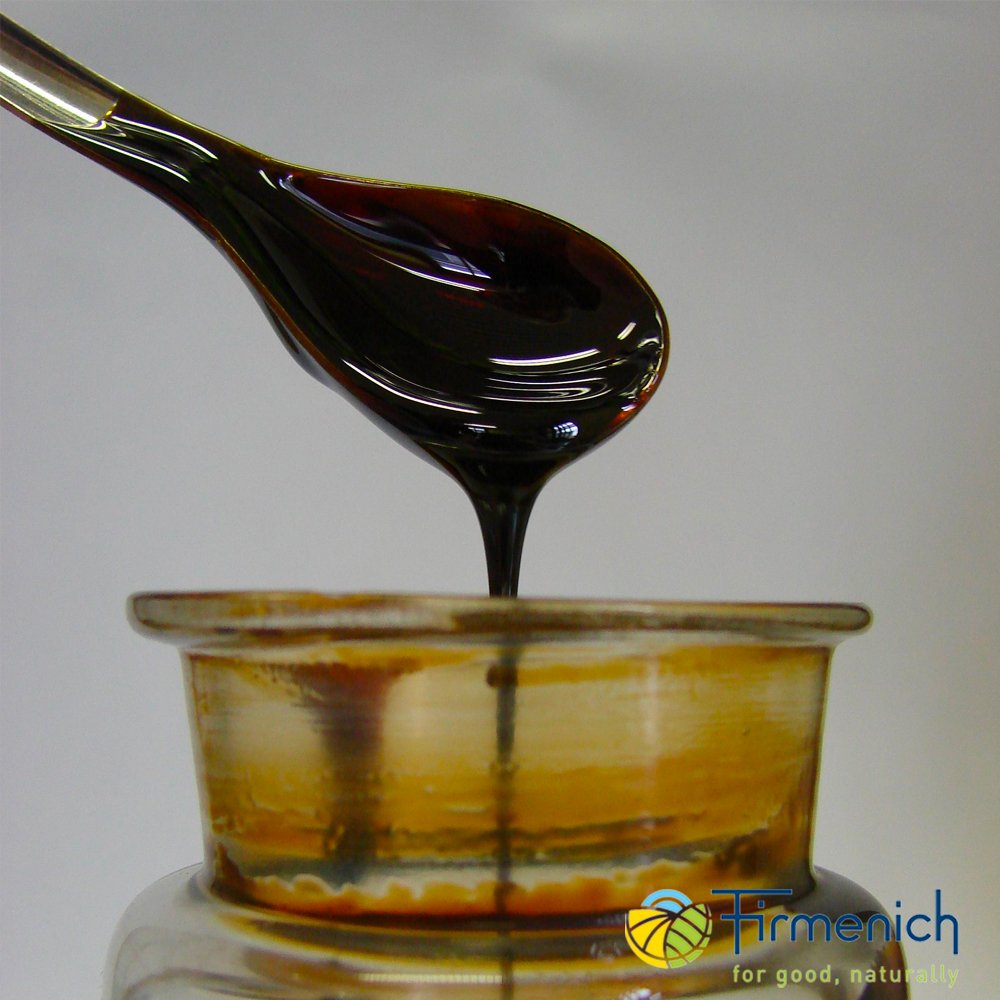Iris (Orris)
Premium Natural Ingredient for Perfumery
Iris, also known as Orris, refers to the rhizomes of select Iris species, particularly Iris pallida and Iris germanica. It is prized in perfumery for its powdery, sweet-floral, and rooty character, attributed to the presence of irones—odoriferous ketones formed during aging. Orris is processed into concrete, absolute, and the wax-like Orris Butter via solvent extraction or steam distillation.
Due to its low yield and lengthy maturation, Orris is one of the most labor-intensive and valuable ingredients in high-end floral perfumery.
Premium Natural Ingredient for Perfumery
Iris, also known as Orris, refers to the rhizomes of select Iris species, particularly Iris pallida and Iris germanica. It is prized in perfumery for its powdery, sweet-floral, and rooty character, attributed to the presence of irones—odoriferous ketones formed during aging. Orris is processed into concrete, absolute, and the wax-like Orris Butter via solvent extraction or steam distillation.
Due to its low yield and lengthy maturation, Orris is one of the most labor-intensive and valuable ingredients in high-end floral perfumery.
Premium Natural Ingredient for Perfumery
Iris, also known as Orris, refers to the rhizomes of select Iris species, particularly Iris pallida and Iris germanica. It is prized in perfumery for its powdery, sweet-floral, and rooty character, attributed to the presence of irones—odoriferous ketones formed during aging. Orris is processed into concrete, absolute, and the wax-like Orris Butter via solvent extraction or steam distillation.
Due to its low yield and lengthy maturation, Orris is one of the most labor-intensive and valuable ingredients in high-end floral perfumery.
Natural Ingredient Overview
🌎 Origin: Multiple (France, Italy, Morocco)
🔎 Botanical Name: Iris pallida, Iris germanica
🧪 Synonyms: Orris, Orris Root, Orris Butter, Iris Absolute
🧬 Chemical Family: Ketones (mainly irones)
📂 CAS N°: 8002-43-5 (Orris Oil), 68916-55-2 (Absolute)
📘 FEMA: 2827
⚖️ MW: Varies; major component irone ≈ 194.29 g/mol
📝 Odor Type: Floral, Powdery
📈 Odor Strength: Medium; enhances on dilution
👃🏼 Odor Profile: Powdery, rooty, carrot-like, floral, sweet, earthy, slightly fruity (red fruits)
⚗️ Uses: Luxury perfumery, vintage florals, flavor applications
🧴 Appearance: Yellow-brown solid (concrete), waxy butter, or viscous liquid (absolute)
What is Orris?
Orris is obtained from the rhizomes of Iris pallida or Iris germanica, harvested and dried for 3–5 years to develop its characteristic fragrance. During aging, non-volatile precursors convert into irones—a group of methylionone-like ketones responsible for Orris’ distinctive powdery and sweet floral scent. The process of aging, extraction, and separation is labor-intensive and yield-limited, contributing to its high cost and prestige.
There are three main forms:
Orris Concrete: Produced via steam distillation of dried rhizome powder
Orris Absolute: Solvent-extracted from concrete using alcohol
Orris Butter: Waxy semi-solid distillate rich in irones and fatty acids
Olfactory Profile & Perfumery Applications
Orris delivers a refined powdery-floral tone, often described as:
Violet-like but with greater depth
Carrot-rooty and slightly fruity (red fruit nuance)
Earthy and sweet, with elegant tenacity
Key perfumery roles:
Enhancer for iris, violet, rose, and aldehydic florals
Used in orris soliflores or as a heart/base modifier
Adds elegance in lipstick-style perfumes, chypres, and florientals
Compatible with wood, musk, or balsamic fixatives
Although initially soft, its diffusion increases upon dilution, revealing complexity over time (Arctander, 1961).
Botanical Origin & Geographic Provenance
Orris materials are derived primarily from:
Iris pallida – prized for highest irone content
Iris germanica – used in combination or substitution
Cultivated mainly in:
France (Grasse and Drôme Provençale) 🇫🇷
Italy (Tuscany) 🇮🇹
Morocco 🇲🇦
The rhizomes are typically peeled, dried, and stored for up to five years before processing. Peeling enhances quality by reducing off-notes caused by fibrous skins.
Extraction uses a turbodistillator, which stirs the powdered rhizomes during steam distillation, enhancing yield and consistency.
Chemical Composition and Olfactory Mechanism
Orris owes its scent to methylated ionones, particularly:
cis-α-Irone
trans-γ-Irone
cis-γ-Irone
These compounds are odoriferous ketones formed during enzymatic and oxidative degradation of fatty acids over time.
Orris Concrete contains:
55–85% irones (by total volatiles)
Myristic acid – contributes to fixative behavior but limits solubility in ethanol
Orris Absolute is selectively purified with ethanol, removing fatty components and enhancing olfactory purity. Though seemingly weak when smelled neat, it amplifies dramatically in dilution.
Regulatory & Safety Overview
FDA Status: Approved flavorant – 21 CFR 172.510
FEMA: 2827 – GRAS for use in flavor compositions
REACH: Natural material; monograph listing applies
Toxicology Notes:
Non-toxic at standard use levels
Potential allergenicity in unrefined concrete forms due to residual acids
Handle with care due to high cost and photodegradation risk
Additional Information
Flavor applications (Burdock, 2010):
Used in alcoholic beverages, baked goods, non-alcoholic drinks, dairy desserts
Adds rooty-floral nuance reminiscent of orris or violet root
Appearance:
Orris Concrete: Yellow-brown solid, melts at 40–50 °C
Orris Absolute: Thick amber liquid
Orris Butter: Pale wax-like semi-solid
Aging and curing methods directly impact odor profile and irone yield, making source traceability and processing method critical for perfumery use.
Sources
Arctander, S. (1961). Perfume and Flavor Materials of Natural Origin
Burdock, G.A. (2010). Fenaroli’s Handbook of Flavor Ingredients – 6th ed.
Scentspiracy Ingredient Archives – Rhizome-based Materials
PubChem Compound Data – Irone Series








